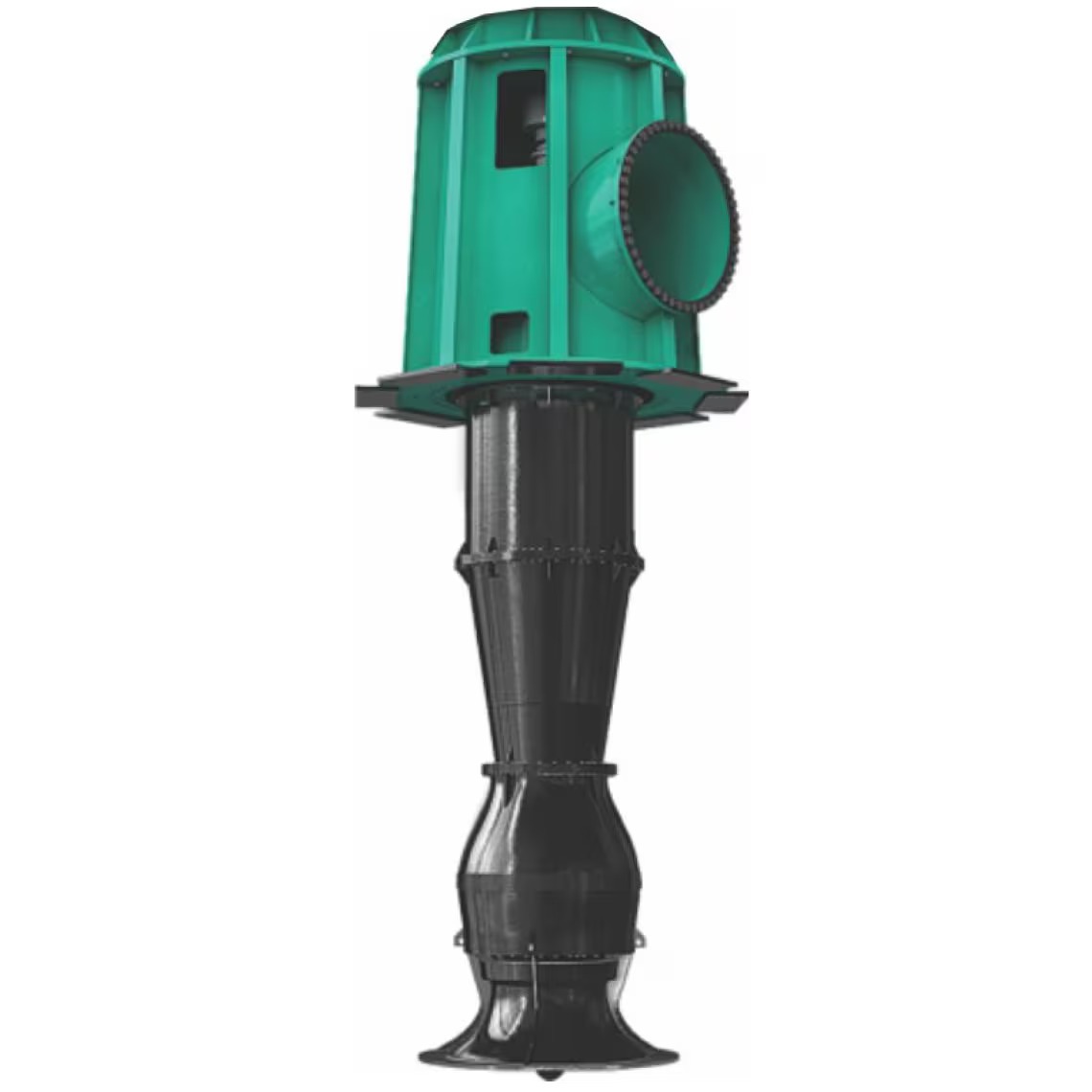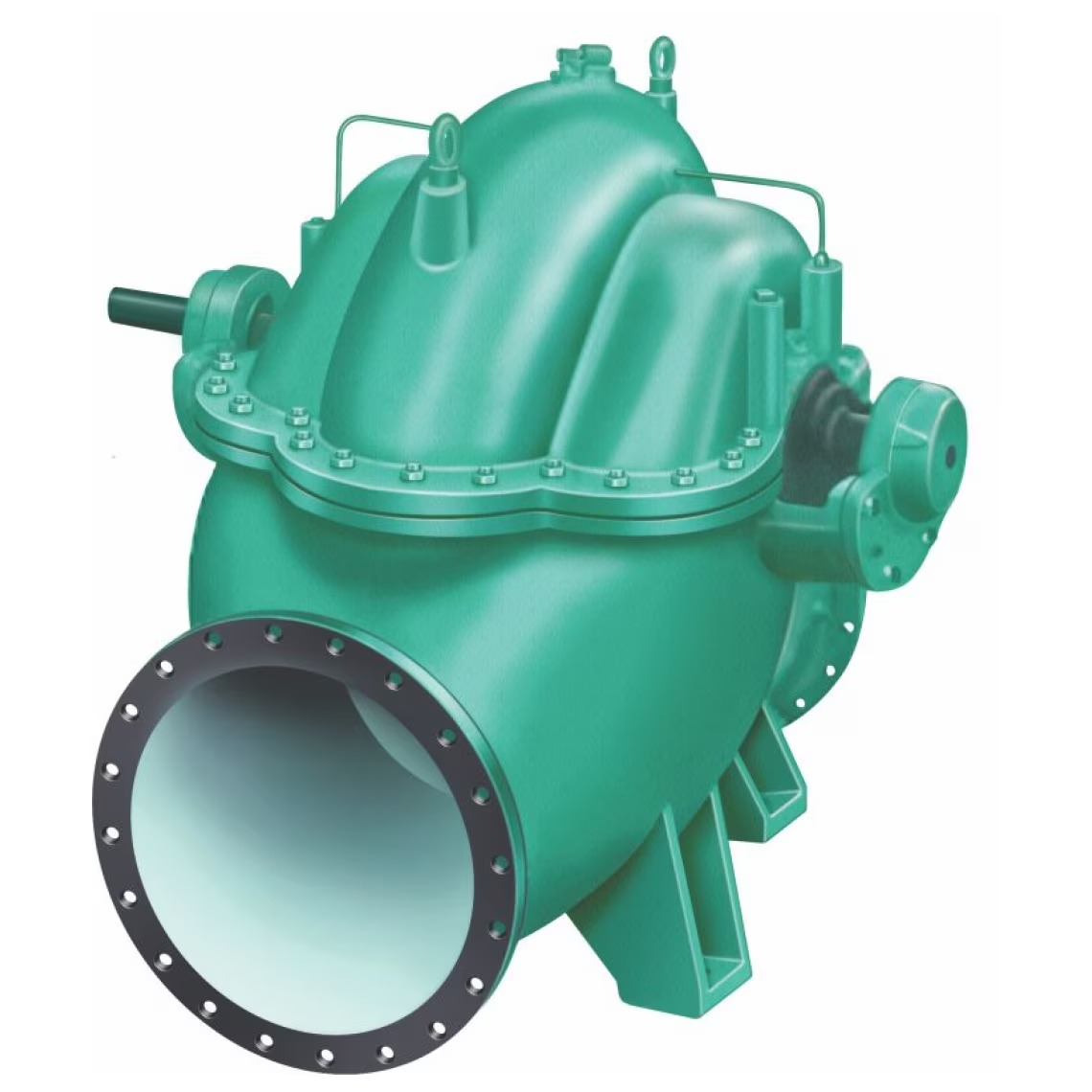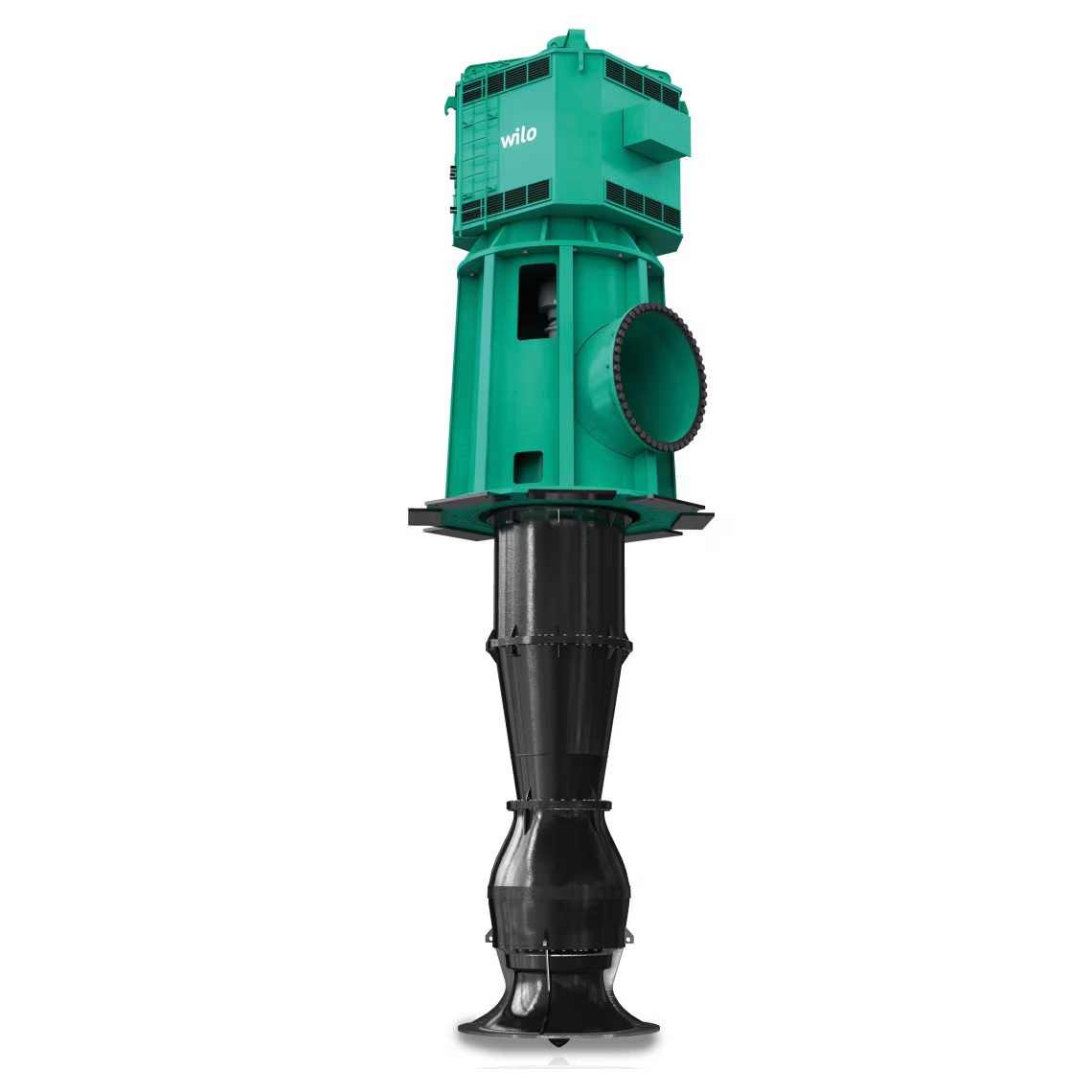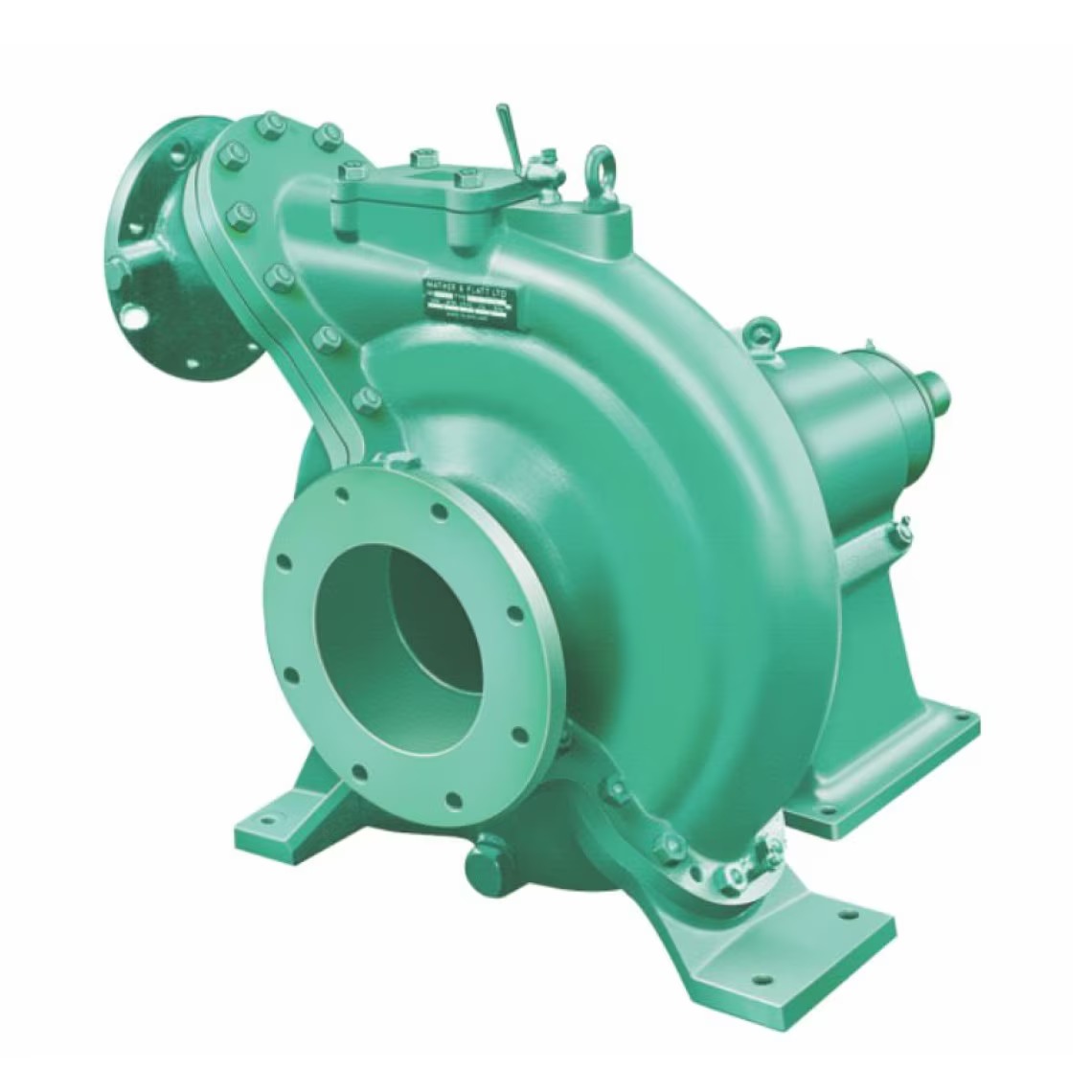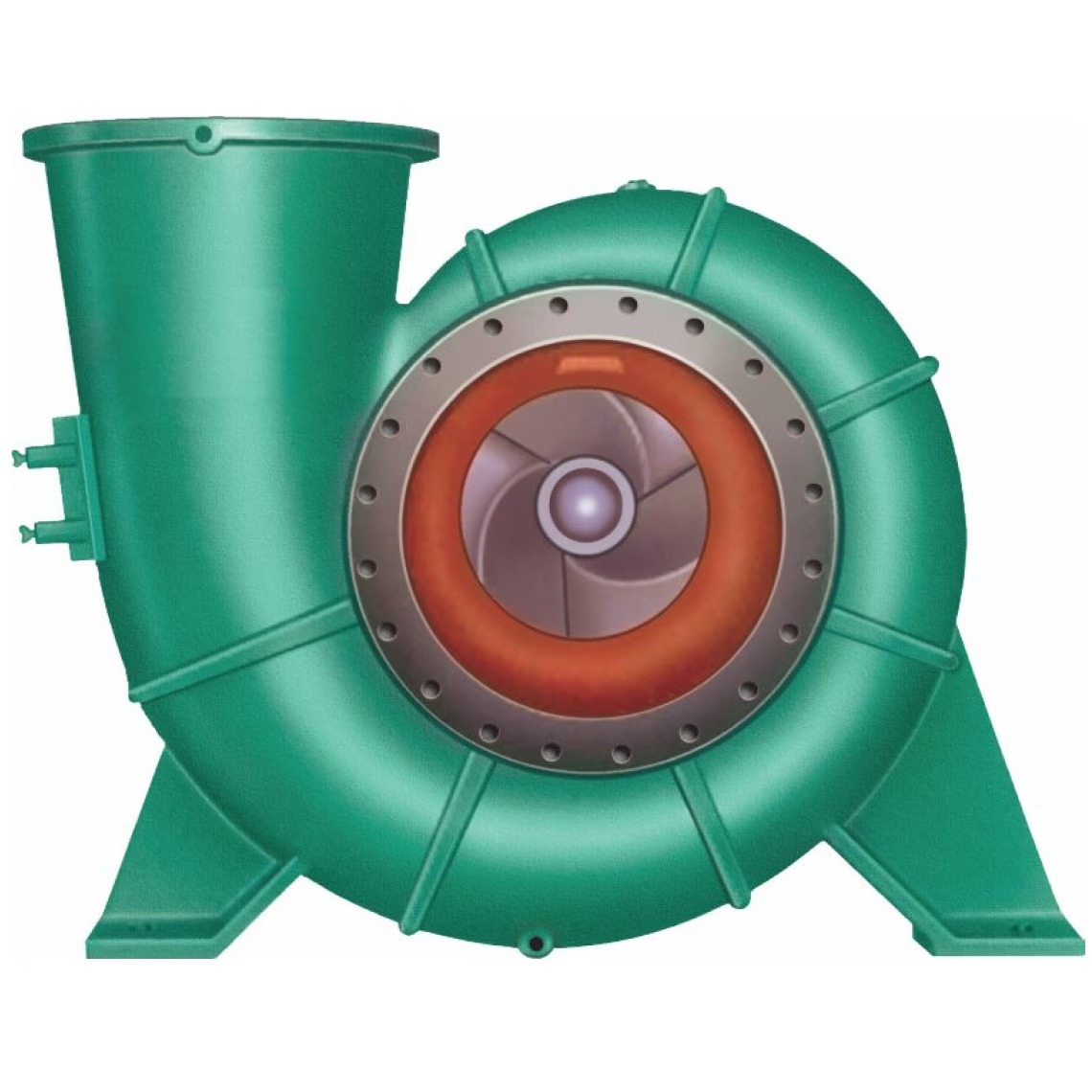Description
A vertical sump pump is a type of pump designed to transport water and other fluids from a sump pit or tank located beneath the pump. These pumps are commonly used in various industrial and commercial applications where there’s a need to move liquids from one level to another, often from below-ground sumps or pits. Vertical sump pumps are particularly suited for handling corrosive, abrasive, or high-temperature liquids, making them ideal for industrial environments.
Key Features and Components:
- Vertical Shaft Design: Unlike horizontal pumps, vertical sump pumps have a shaft positioned vertically, with the motor mounted on top and the impeller located at the lower end, submerged in the fluid. This design minimizes the pump’s footprint, making it space-efficient for tight areas.
- Column Length: The column length of a vertical sump pump can vary depending on the depth of the sump or pit. Longer columns allow the pump to reach deeper into pits, making it versatile for a wide range of applications.
- Cantilevered Design: Most vertical sump pumps have a cantilevered shaft, meaning there are no bearings or seals in the fluid, which reduces wear and maintenance requirements. This design also minimizes the risk of fluid leakage into the motor area, which enhances durability in challenging conditions.
- Impeller and Casing: The impeller, located at the pump’s submerged end, is typically designed to handle solids and abrasive particles. The casing encloses the impeller and is usually constructed from corrosion-resistant materials to withstand harsh fluids.
- Motor Mounting: The motor is mounted on top, away from the fluid, which protects it from any potential damage caused by exposure to the pumped fluid. Motors for vertical sump pumps are usually accessible for easier maintenance and inspection.
Advantages:
- Reduced Footprint: The vertical design allows for compact installation, making it an excellent choice for areas with limited space.
- Low Maintenance: With no submerged bearings or seals, these pumps are easier to maintain, leading to lower long-term costs.
- Durability: Designed to withstand abrasive and corrosive environments, they are often made from robust materials such as stainless steel or special alloys.
- Efficiency in High Flow, Low Head Applications: Vertical sump pumps are well-suited for moving large volumes of fluid at relatively low pressure, such as dewatering or transferring liquids from tanks.
Applications:
Vertical sump pumps are widely used across sectors, including:
- Industrial: Suitable for removing waste fluids from industrial processes, and handling corrosive and abrasive liquids.
- Mining: Commonly used for slurry transfer and pit dewatering.
- Wastewater Treatment: Effective for pumping wastewater or sludge from treatment facilities.
- Cooling Towers: Utilized for circulating cooling water.
- Chemical Processing: Designed to handle aggressive chemicals and prevent contamination or equipment degradation.
Considerations for Selection:
When choosing a vertical sump pump, it’s essential to consider factors like:
- Depth of the Sump: Longer columns may be necessary for deeper pits.
- Fluid Properties: Ensure materials compatible with the fluid’s corrosiveness or abrasiveness.
- Flow and Pressure Requirements: Match pump capacity to the intended flow and head requirements for optimal efficiency.
- Maintenance Needs: Evaluate ease of maintenance, particularly if the pump will be used in a continuous operation.

